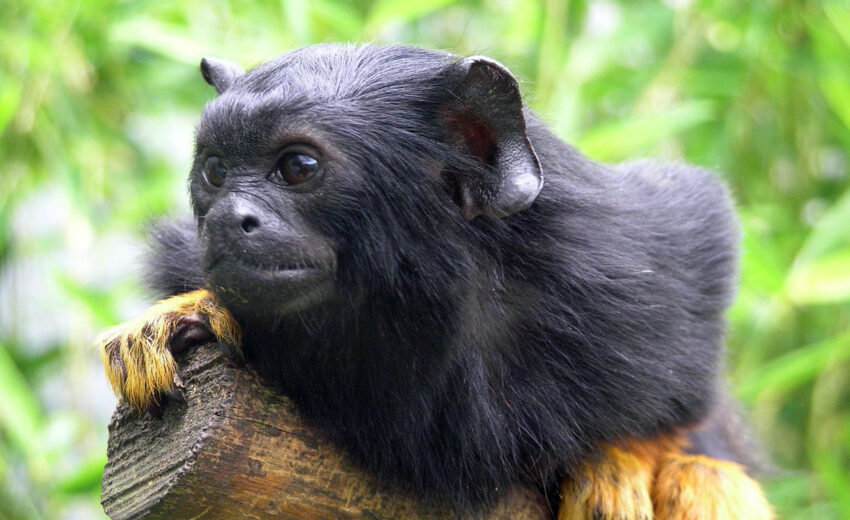The golden-handed tamarin, aka red-handed tamarin or Midas tamarin, hails from Brazil, French Guiana, Guyana, Suriname, and Venezuela. They prefer wooded forests with plenty of trees
- Zoology
- Daily Critter Facts
- For Teachers
- Study Guides
- Diseases & Parasites
- Contact

